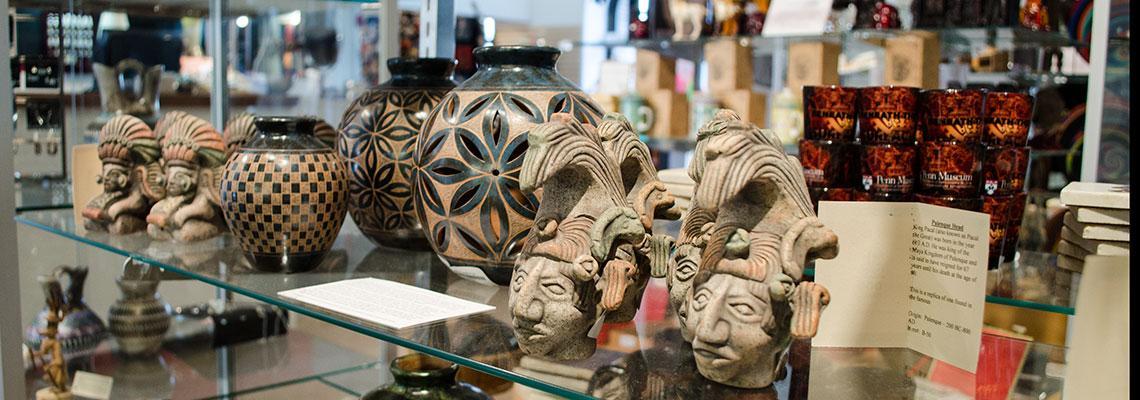Philadelphia, PA - Beneath the surface of the eminently historic, emergently hip, eternally proud Philadelphia region, a trove of fantastic weirdness thrives. Below is a list of Philadelphia's Medical Museums.
- Drexel University College of Medicine: A dissected woman named Harriet. Near the bookstore entrance on Drexel’s Queen Lane (East Falls) campus, what appears to be string art in the shape of a person is the dissected nervous system of an African-American woman who reportedly worked at the college and left her body to science in 1888. The medical school’s foremost anatomy professor then spent five months picking apart and reconstructing Harriet. Also fascinating: the nearby millions of resource materials documenting the history of women in medicine and homeopathy, open Monday-Friday from 9 a.m.-4 p.m., appointment requested. 2900 W. Queen Lane, (215) 991-8340, drexel.edu/medicine
- Dr. and Mrs. Edwin Weaver III Historical Dental Museum: Terrifying dentists’ tools. It’s worth letting one’s mouth go agape at the antique (and slightly horrifying) drills, chairs, X-ray machines, furnaces, photographs, pearl-handled tools, and recreated Victorian office at this minute yet powerful museum, a repository of more than 150 years of dentistry in America. 3223 N. Broad Street, (215) 707-2799, temple.edu/dentistry
- Mütter Museum of The College of Physicians of Philadelphia: Historic medical oddities. The Mütter displays thousands of items spanning the medical realm, from deformed and diseased body parts to the death cast of “Siamese twins” Chang and Eng to pieces of Albert Einstein’s gloriously nerdy brain. Filled with some impossible-to-believe specimens, the collections are still used today to advance medical science. 19 S. 22nd Street, (215) 560-8564
- Pennsylvania Hospital 19th-century amphitheater: 19th-century amphitheater, seven-inch tumor. As they peer into the operating theater of the first chartered hospital in the nation, visitors are reminded that early 19th-century surgeries were performed in front of an audience with no electricity, no sterile technique, and a choice of rum, opium, or a “tap on the head with a mallet” for anesthesia. A seven-inch tumor was removed during one such procedure by Dr. Philip Syng Physick, and it is on view in the Historic Library. Guided and self-guided tours are available Monday through Friday. 800 Spruce Street, (215) 829-3370, uphs.upenn.edu/paharc


